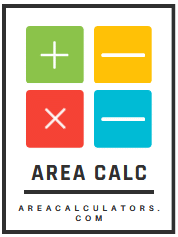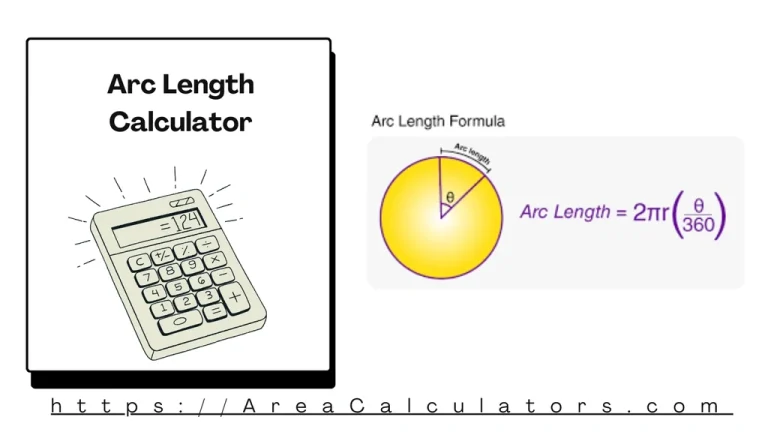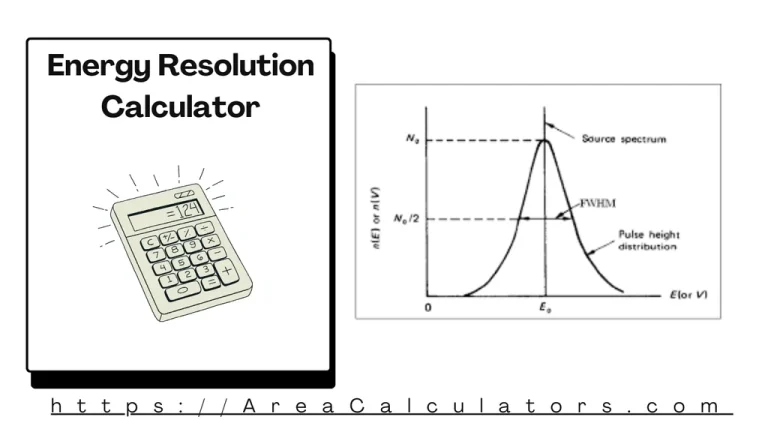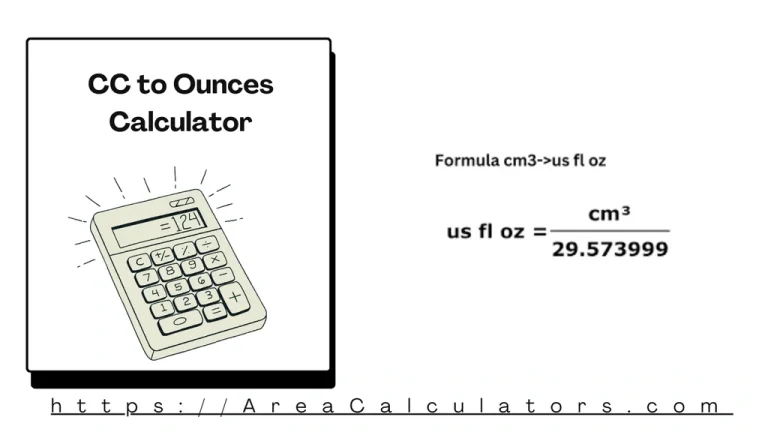A/B Test Calculator
To calculate the result of an A/B test, use the formula to find the percentage difference between the two variants.
The A/B Test Calculator is an essential tool for marketers, UX designers, and analysts aiming to optimize their strategies and improve user engagement. A/B testing involves comparing two versions (A and B) of a webpage, app feature, or marketing campaign to see which performs better.
Formula
A/B = ((B − A) / A) × 100
| Variable | Description |
|---|---|
| A/B | Percentage improvement from A to B |
| A | Performance metric of Variant A |
| B | Performance metric of Variant B |
Solved Calculations
Example 1: Variant A has a Conversion Rate of 20%, and Variant B is 25%
| Step | Value |
|---|---|
| Variant A Conversion Rate (A) | 20% (0.20) |
| Variant B Conversion Rate (B) | 25% (0.25) |
| Percentage Change (A/B) | ((0.25 − 0.20) / 0.20) × 100 = 25% |
Example 2: Variant A Achieves 150 Conversions, Variant B Achieves 180 Conversions
| Step | Value |
|---|---|
| Variant A Conversions (A) | 150 |
| Variant B Conversions (B) | 180 |
| Percentage Change (A/B) | ((180 − 150) / 150) × 100 = 20% |
What is an A/B Test Calculator?
The A/B Test Calculator is an indispensable tool for evaluating the effectiveness of two variations (A and B) in controlled experiments. It simplifies the process of determining which version performs better, whether it’s a webpage layout, marketing campaign, or product feature.
By calculating statistical significance and comparing key metrics like conversion rates, this calculator ensures data-driven decision-making with confidence.
The tool requires inputs such as the sample size and conversion rates for both versions. It then provides a detailed analysis of statistical significance and the likelihood of outperforming the alternative.
For marketers and analysts, this helps eliminate guesswork and enhances the reliability of their insights.
Final Words:
In light of these features, the A/B Test Calculator is essential for ensuring that data-driven strategies lead to actionable outcomes. It empowers users to optimize their efforts with confidence and precision.




